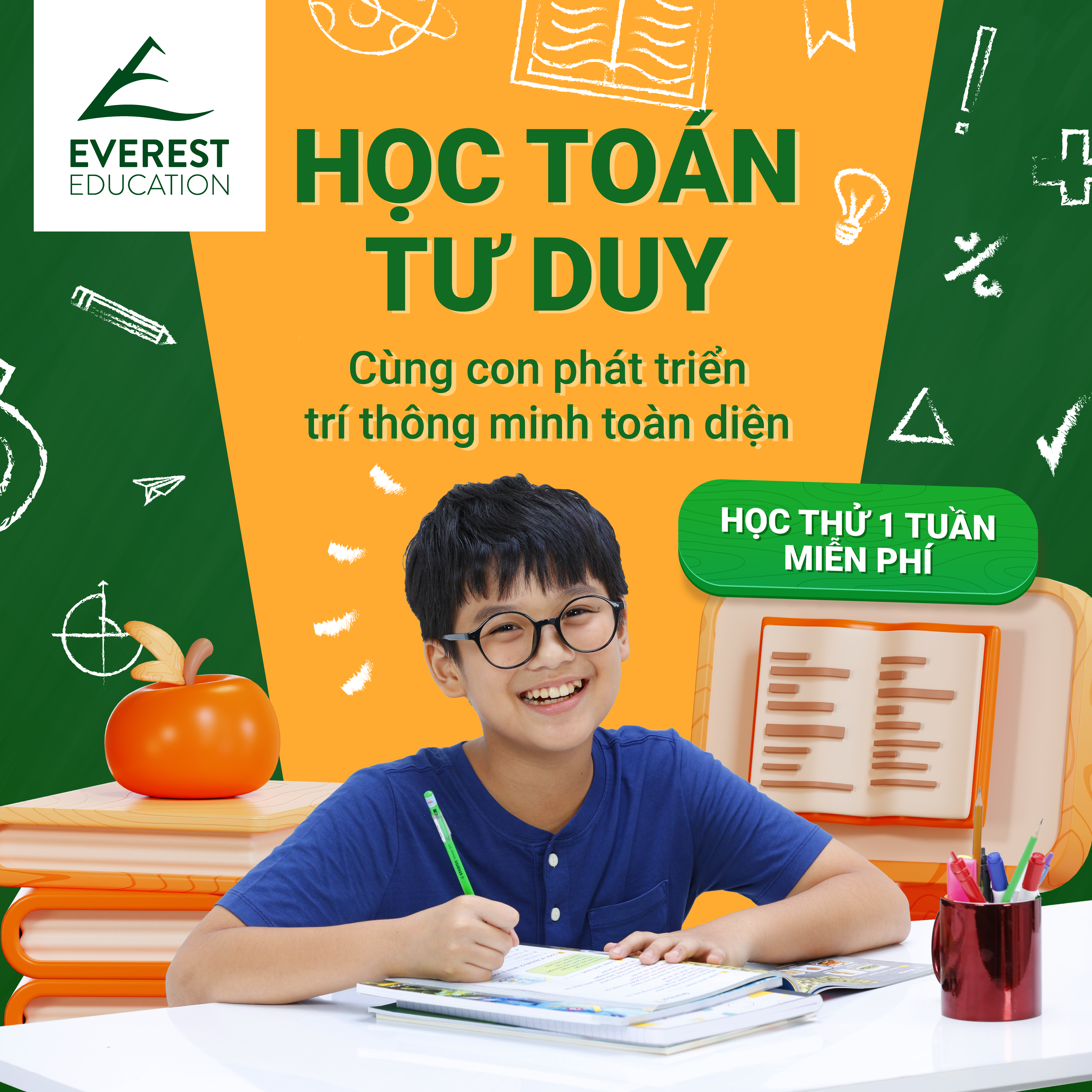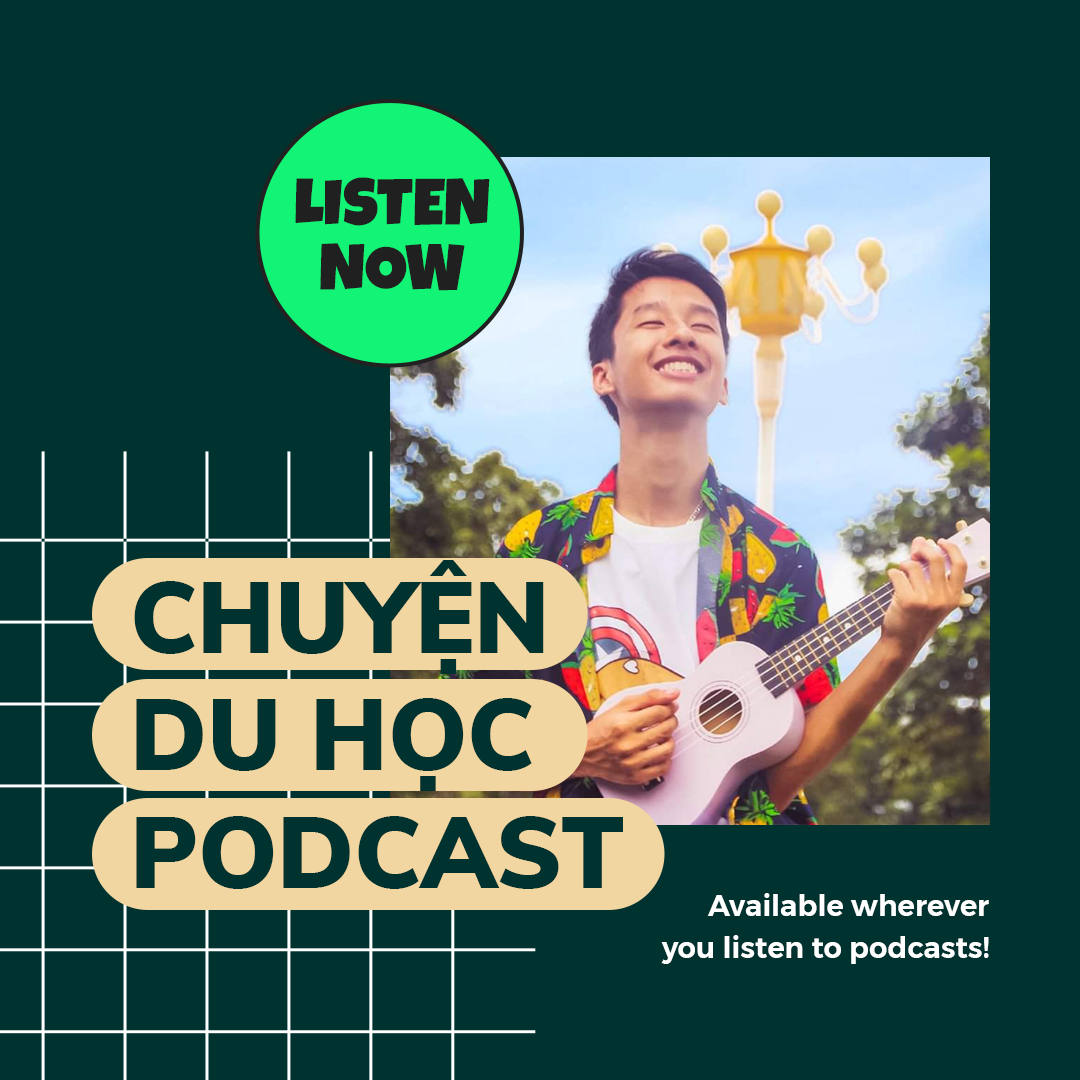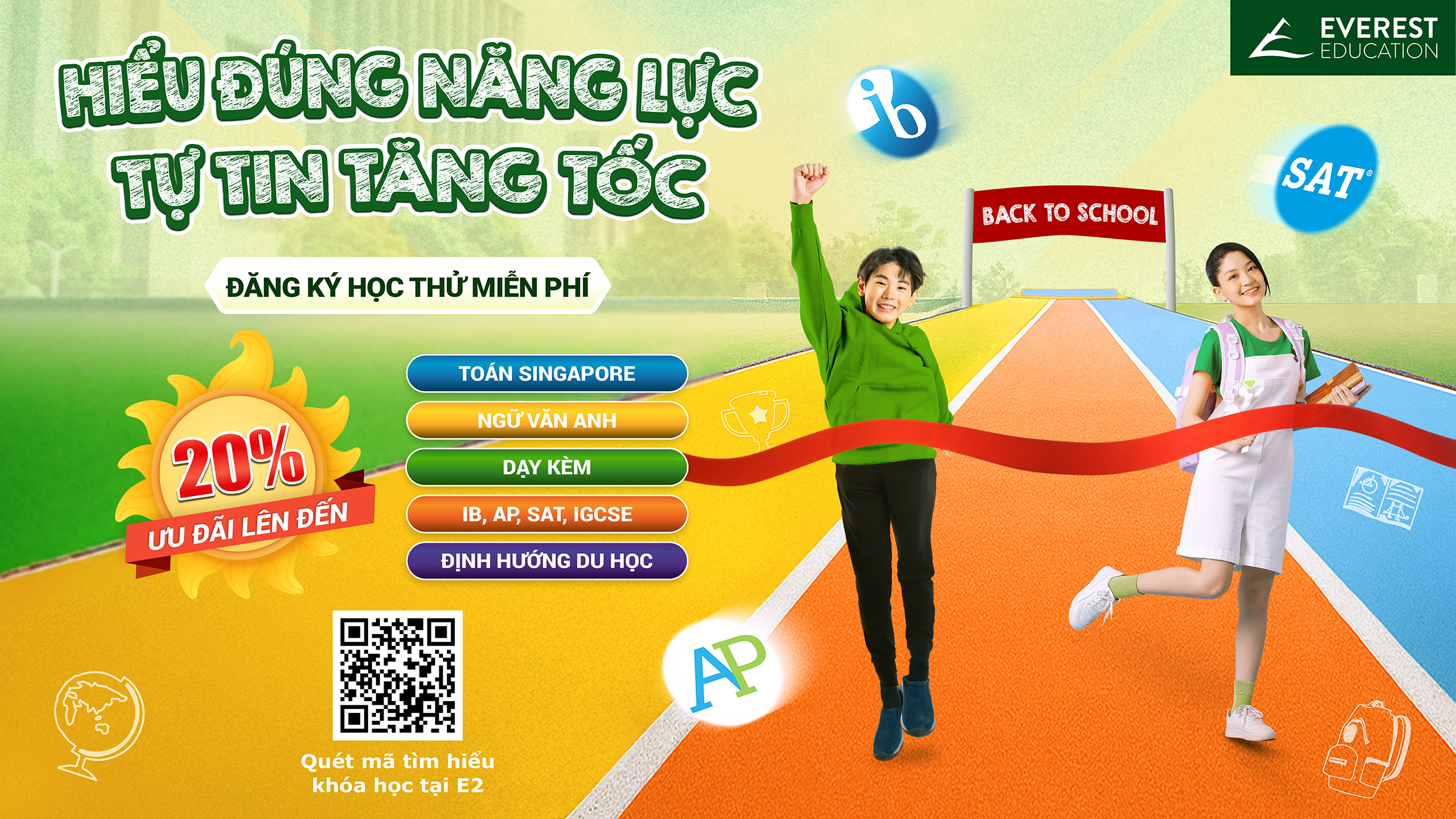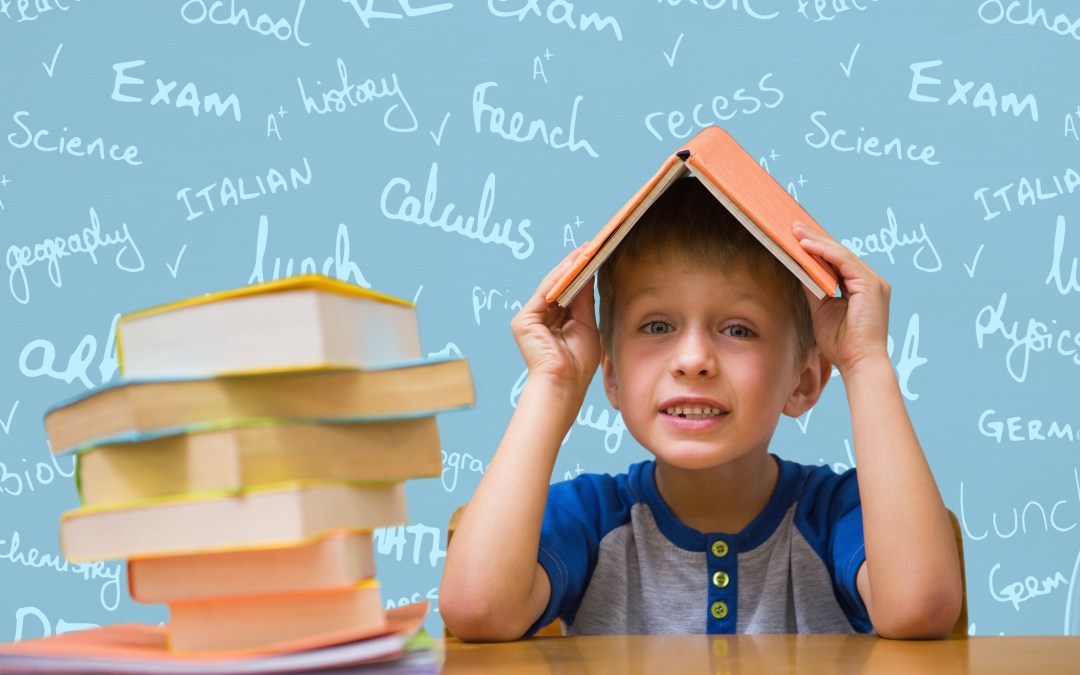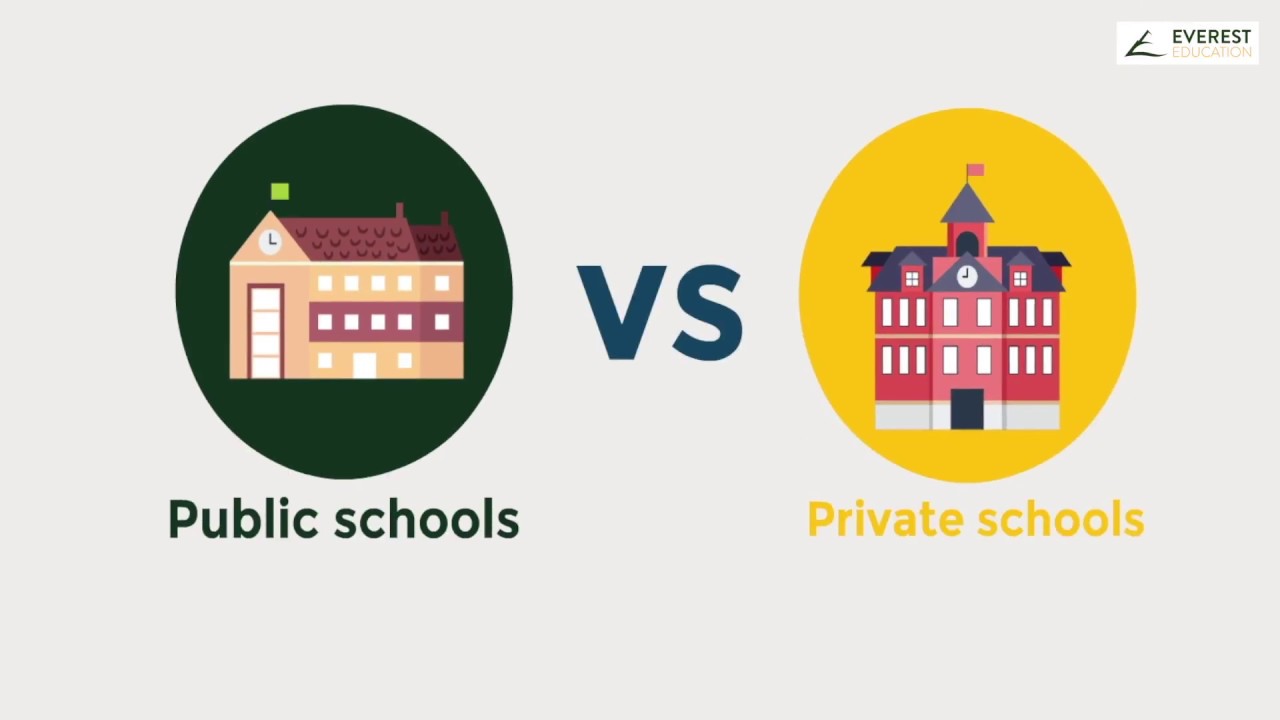Not every kid on earth loves Math. To them, math is abstract, and a great number of kids grow up to be uncomfortable with math. After a few years, kids start hating it. However, at Everest Education, we believe that there are no boring subjects, just boring teaching methodologies. The love of Math can be nurtured through proper approaches, including essential study strategies, hands-on activities, and real-life experiences.
Over the years, we have tried out and reviewed a lot of good options. But through it all, we have found one that works best for us and stuck with it: Singapore Math.
This article will explain why we are a fan of the Singapore Math curriculum, how it can help your child build a solid Math foundation, and what sets Singapore Math textbooks apart from the traditional math curriculum.
Why Singapore Math?
People started to talk about Singapore’s math success in 1995, when Singaporean children wowed the world with their first-place score on an international math test. Beyond excelling at Trends in International Mathematics and Science Study (TIMSS), Singapore students consistently outperformed their peers in the Programme for International Student Assessment (Pisa) studies and dubbed the “World Cup for Education.”
This island of lions has become a “laboratory of maths teaching” by incorporating established international research into a highly effective teaching approach. They introduce an easy-to-understand, practical, and usable access to the “concrete, pictorial, abstract” (CPA) method. This is also the method that our teachers use in their classrooms since day 1. By that, students are never expected to simply accept a math rule and begin carrying it out without a logical buildup and explanation.
For each math problem or concept, we teach several strategies and approaches. Therefore students gain a deeper understanding and learn how to solve problems most efficiently. When a student works through pages of math facts in the workbook, she is not just rewriting memorized facts but actually practicing mathematical thinking and learning how to employ different problem-solving strategies.
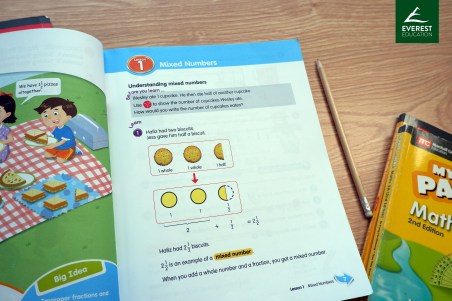
In recent years, more and more countries, from India to France and Chile, start using Singapore-based textbooks to teach Math. They turn to the famed Singapore approach to teaching the subject, using visual means such as objects, pictures, and diagrams to teach concepts.
If you’re sold to the Singapore Math methodology, read on for a full review to learn more about this world-class homeschool math curriculum to see whether it’s a good fit for your family.
The Big Picture – The “Concrete – Pictorial – Abstract” concept
In Singapore’s primary math textbooks, they present each math concept in three stages.
- Stage 1: Hands-on objects
- Stage 2: Pictures
- Stage 3: Written symbols
Singapore Math calls this the Concrete > Pictorial > Abstract approach. This is one of the things that we love about using a Singapore Math approach: the focus is on truly understanding a concept in various ways and allowing kids space and freedom to explore and discover their own ideas and strategies. CPA became so prevalent in Singapore that the Ministry of Education will not approve any teaching materials which do not use the CPA approach. Take finding the area of a rectangle as an example.
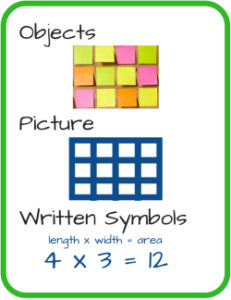
- First, children create physical, concrete rectangles out of tiles or paper squares.
- Then, they draw rectangles and look at pictures in the textbook.
- Last, they learn the abstract formula length x width = area and solve problems without manipulatives or visuals.
Singapore Math also focuses on teaching math in a logical order. The textbooks develop every concept purposefully and step-by-step so that children gradually develop solid conceptual understanding. They learn not just how to do Math, but also why what they’re doing works.
Singapore Math is a mastery curriculum, with each unit devoted to one specific topic. Review problems are included at the end of each unit.
Mental Math and Word Problems
Singapore Math provides children lots of practice with basic pencil-and-paper computations, but the program also focuses on developing kids’ mental math and word problem skills.
Mental math is more than doing calculations mentally. It also helps kids build a strong number sense and deep understanding of numbers’ properties, so it’s an integral part of the program. Parents sometimes find it challenging to explain and practice mental math with their children. But if you’re willing to read through the explanations in Singapore Math textbooks, we bet you’ll be pleasantly surprised to see how well you’re able to understand it. There is a strong emphasis on mental math strategies in Singapore Math, with lots of visuals to help kids develop these skills. As the student progresses through the concrete, pictorial, and abstract stages, she can suddenly do addition entirely mentally! Mental arithmetic ability is achieved through building a thorough understanding of mathematics.

Singapore Math textbooks also use hands-on materials and pictures to help children tackle an often-difficult part of elementary math: word problems. The program presents a greater variety of word problems than most other elementary math programs and teaches kids to apply their math skills to a wide variety of situations. Once children reach the third- and fourth-grade level books, they learn to draw bar models to represent and solve word problems. These models help prepare them for algebra and think about the question’s structure beyond the surface level.
Singapore Math uses layered strategies
For some reason, the Vietnamese Math curriculum just has one or two lessons on a concept, and then the next lesson is entirely unrelated. We cover many Math concepts in one year using a spiral approach that introduces concepts and revisits them with added complexity. This method “does not expect mastery,” leaving some students bored when a concept is reviewed and moving on before other students fully grasp it.
On the other hand, the strategies taught in Singapore Math are layered upon one another. We spend plenty of time on a concept, giving kids opportunities to play with manipulatives and deepen their understanding before moving on. One skillset is a foundation for future lessons, “like LEGO bricks carefully situated next to the other.” For example, students need prior knowledge of bonding in order to be successful at strategies they will learn later on (like vertical addition or long division). Since students develop a deep understanding of how math processes work, they are ready for more advanced math at earlier grade levels than many other math curriculums.

Is Singapore Math only suited for kids who are good in math?
Indeed, there are different learning styles and different personalities. But, to unilaterally say that the Singapore math methodology is only suitable for “kids who are already good in math” is to ignore the genuine difference in cultural attitudes toward math and beliefs about children’s math ability – which set Singapore Math apart from other Math curricula.
To find the book that fits your child’s level, parents can use the Placement Tests. Let your child start at an appropriate level, then move at her pace, rather than being restricted to a particular level and perhaps missing some foundational concepts.
Should your child learn Singapore Math or not?
Singapore Math may be a great fit for you if:
- Your child thinks logically and likes math presented in an exact, straight-forward way.
- Your child likes a mix of hands-on and paper-and-pencil learning.
- You’re willing to spend some time understanding the math yourself and teaching it to your child.
- You’re willing to buy manipulatives and use them to make the lessons concrete for your child.
- Your child doesn’t need a ton of day-to-day review of math concepts.
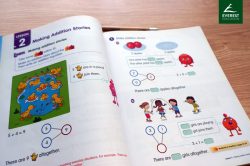 On the contrary, Singapore Math textbooks are not “teachers” like traditional ones. The textbooks are more of an invitation to ask questions and explore than books to read and memorize like most Vietnamese math textbooks. For that reason, it could be a problem for parents if you are new to the methods and strategies used in Singapore Math and aren’t sure what you’re supposed to teach your child. Singapore Math may not be the right choice if:
On the contrary, Singapore Math textbooks are not “teachers” like traditional ones. The textbooks are more of an invitation to ask questions and explore than books to read and memorize like most Vietnamese math textbooks. For that reason, it could be a problem for parents if you are new to the methods and strategies used in Singapore Math and aren’t sure what you’re supposed to teach your child. Singapore Math may not be the right choice if:
- Your child doesn’t have basic English reading skills.
- You don’t have the time to teach a lesson to your child each day.
- Your child likes a lot of variety and will grow bored, focusing on just one topic at a time.
- Your child needs a lot of regular review for math concepts to stick well.
In Vietnam, we are proud to be among the first significant enrichment learning centers that follow the Singapore Math methodology. Therefore, if you have any questions regarding this teaching approach, please reach out to us.

>> Learn more about our Singapore Math program: https://e2.com.vn/programs/singapore-math/
Should you have any concerns or any topics you want us to cover, please leave your comments below. You can subscribe to our newsletter to get the latest updates delivered straight to your inbox and find more parenting coverage at https://blog.e2.com.vn/category/parents/
Reference:
https://oaxacaborn.com/2017/02/13/singapore-math-works/
https://www.straitstimes.com/singapore/education/singapore-maths-adds-up-for-educators-around-the-world
https://mathgeekmama.com/singapore-math-homeschool/
https://kateshomeschoolmath.com/singapore-math-buying-guide/
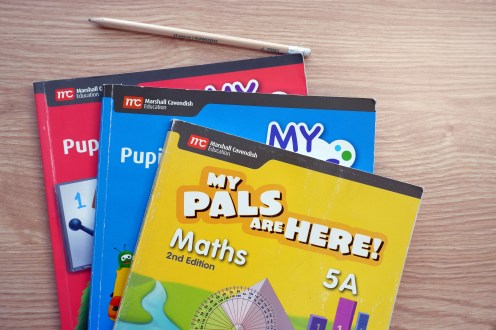






 On the contrary, Singapore Math textbooks are not “teachers” like traditional ones. The textbooks are more of an invitation to ask questions and explore than books to read and memorize like most Vietnamese math textbooks. For that reason, it could be a problem for parents if you are new to the methods and strategies used in Singapore Math and aren’t sure what you’re supposed to teach your child. Singapore Math may not be the right choice if:
On the contrary, Singapore Math textbooks are not “teachers” like traditional ones. The textbooks are more of an invitation to ask questions and explore than books to read and memorize like most Vietnamese math textbooks. For that reason, it could be a problem for parents if you are new to the methods and strategies used in Singapore Math and aren’t sure what you’re supposed to teach your child. Singapore Math may not be the right choice if:
